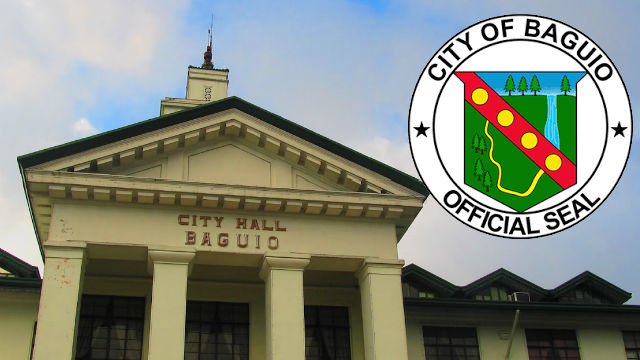Republic Act (RA) No. 1121 or the Philippine Disaster Risk Management Act of 2010 was enacted primarily to provide for an effective disaster risk management system down to the grassroots level to ensure the protection of persons and property during natural and man-made disasters. Further, the law mandates local governments to provide for an effective disaster risk management in their respective areas of jurisdiction to ensure lives are spared from these and this is especially important with a country like ours which is disaster-prone.
The four thematic areas of effective disaster risk management as enshrined under existing laws and regulations include preparedness and mitigation, relief operation, rehabilitation and recovery where relevant government agencies are tasked to perform specific roles under the said system to ensure the systematic operation of the overall thrusts to address the numerous issues and concerns surrounding disaster risk reduction and management. Moreover, local governments are also mandated to establish their own local disaster risk reduction and management offices that should be well provided with trained personnel and equipment to attend to the needs of the people in case of the worst case scenario during the calamities.
Local governments play key roles in effective disaster risk management with barangays, cities, municipalities and provinces mandated to apportion at least 5 percent of their annual budget specifically for disaster risk reduction and management. Seventy percent of the said appropriation should be for prevention and mitigation projects contained in a short, medium and long-term disaster risk reduction and management plan duly approved by the local disaster risk reduction and management council organized for the said purpose. The balance of 30 percent is allocated for a quick response fund for the emergency requirements of the responders and the victims of calamities, among others.
The implementation of the law is nearing a decade but many local governments seem not ready when natural or man-made calamities strike although most of them have achieved significant gains in the creation of the local disaster risk reduction and management offices and councils. They also have the appropriate personnel and the required equipment to be able to effectively and efficiently perform their assigned duties and responsibilities. For the past nine years, local governments have heavily invested simply to comply with the provisions of the disaster risk reduction and management law, however, it seems there is still a long way to go in terms of being able to achieve the main goal of having zero casualty in times of disasters.
We believe that effective and efficient disaster response goes beyond these as disaster preparedness means continuing awareness and knowledge of risks and hazards by everyone, and being prepared for effective response and recovery. Despite the enactment of the law mandating the adoption of short, medium and long-term disaster risk reduction and management plans, there are still numerous people, especially those in the countryside, who are not aware of such policies. Disaster communication is important and local governments must invest on an aggressive information and education campaign up to the grassroots level. This will allow people to internalize the basics of disaster risk reduction and response preparing them when calamities strike.
Aside from emphasizing the strengthening of local governments, the law equally gives importance to the role of local communities and institutionalizes the participation of civil society organisations and the private sector. Thus, let us ordinary citizens also do our role by understanding and internalizing the basics of disaster risk reduction and management so we know what to do during emergency situations and help emergency responders.
Understanding the basics of disaster risk reduction and management should be a basic learning module in all levels of the educational system. As individuals, we can attend training sessions being provided by trained personnel in our barangays and in our institutions to make us ready as proper response cannot be learned overnight.
We are witnesses to the heavy devastations suffered by communities worldwide over the past decade caused by natural and human-induced disasters and we do not want the same to happen to us. No one can predict when disasters strike thus being always prepared would be the best approach. However, one important aspect that seems to have been overlooked in all these awareness-raising efforts is the integration of climate change adaptation and mitigation. So with sustainable development policies. There is no doubt that climate change and unsustainable development underlay and intensify some of the disasters we are facing. Educating the grassroots, and our children on climate change and how to mitigate it may be the hope for the future as they will inherit what we have failed to mitigate. One limited study on the integration of disaster education in the senior high school science curriculum showed high levels of disaster-related concepts and ideas, but low on disaster risk perception. We must insist on sustainable development options instead of business as usual, like the destruction of forests for businesses which lead to the silting of rivers resulting to increased flooding, landslides and other impacts which are disastrous. Let us not belittle the wrath of natural and man-made calamities. Nothing can replace our readiness in combating the serious negative effects of disasters. Let us be good scouts: Be prepared always.













